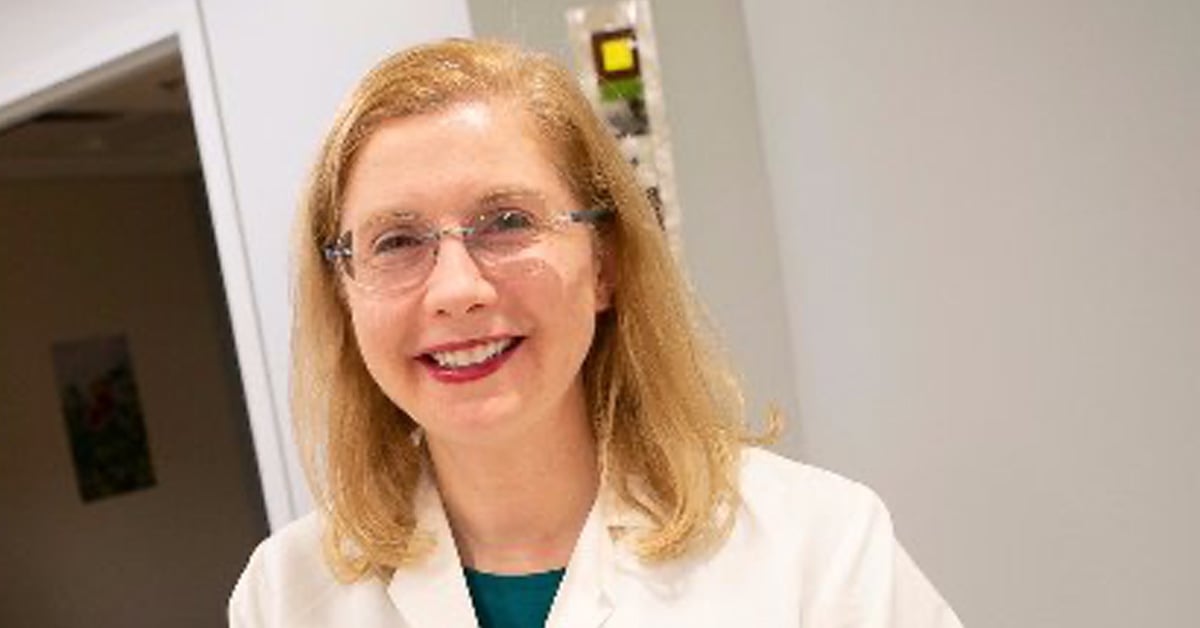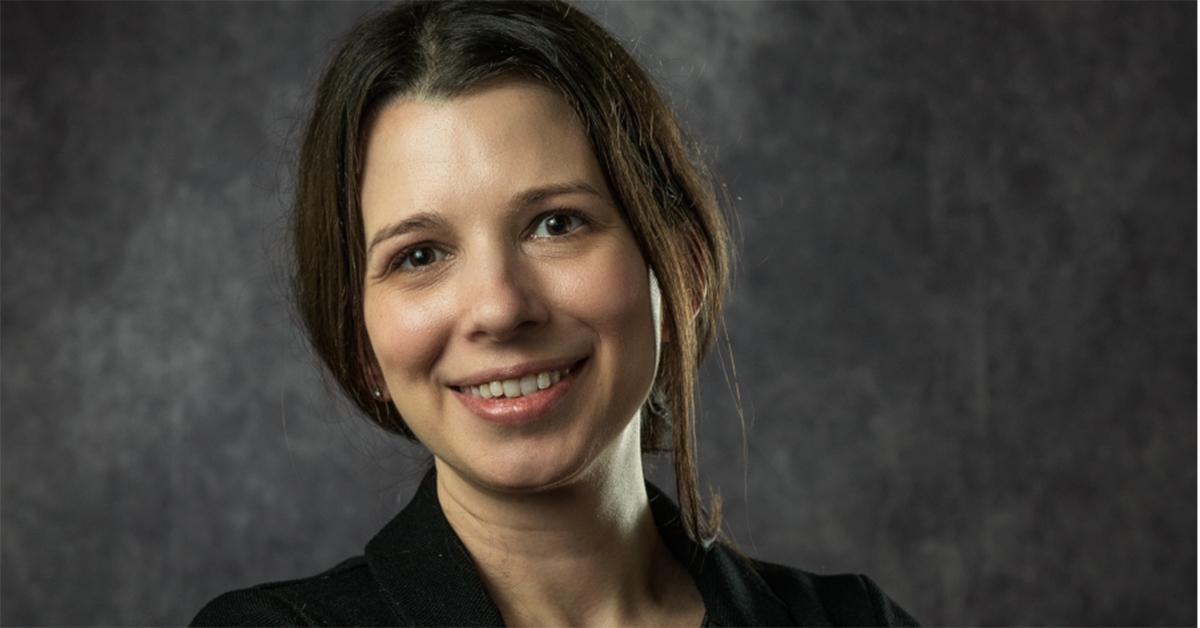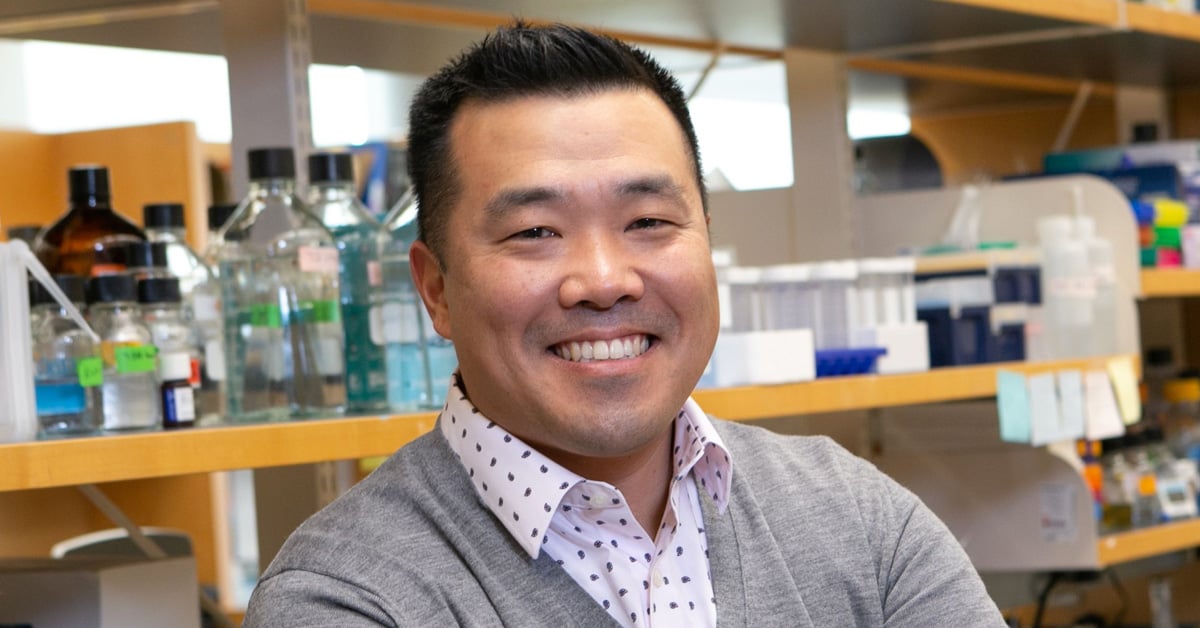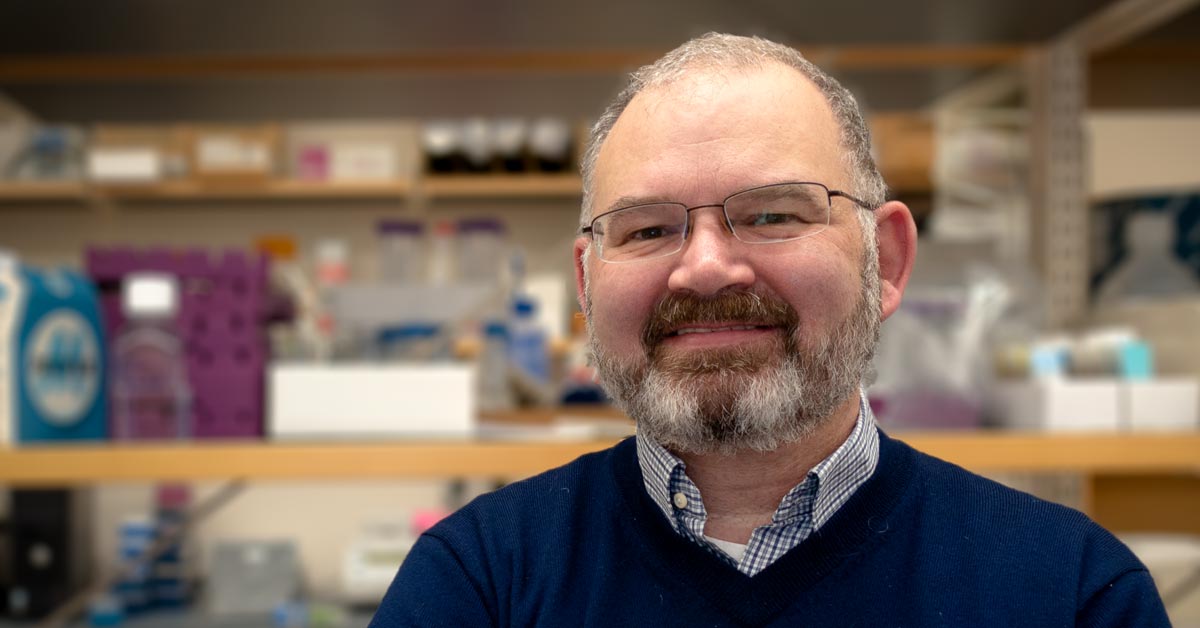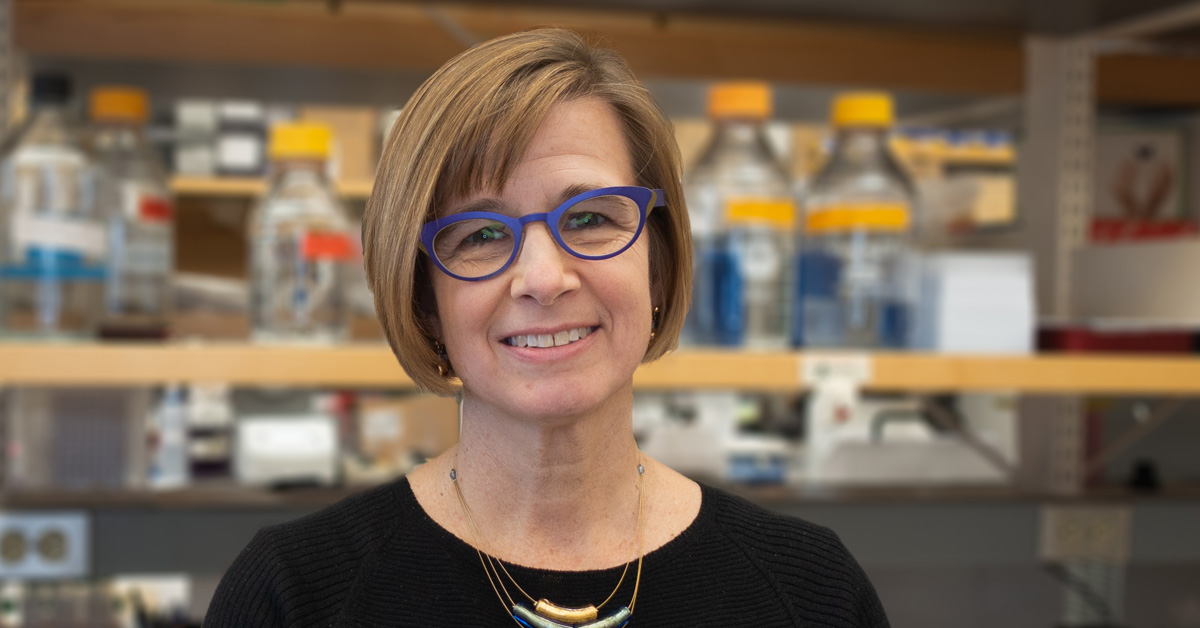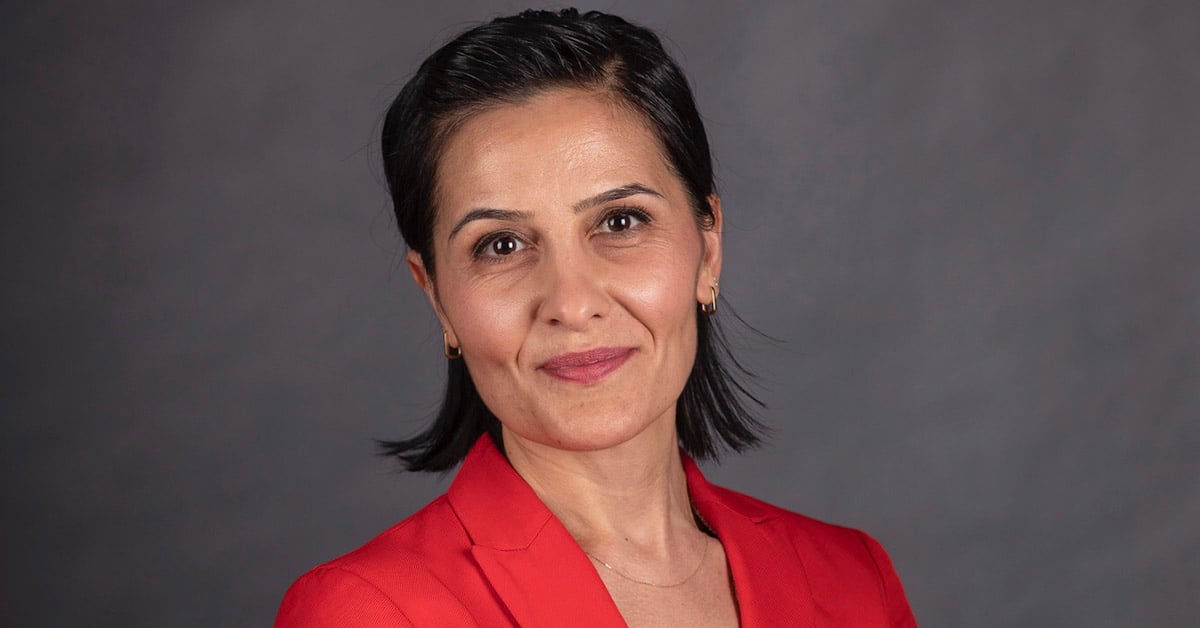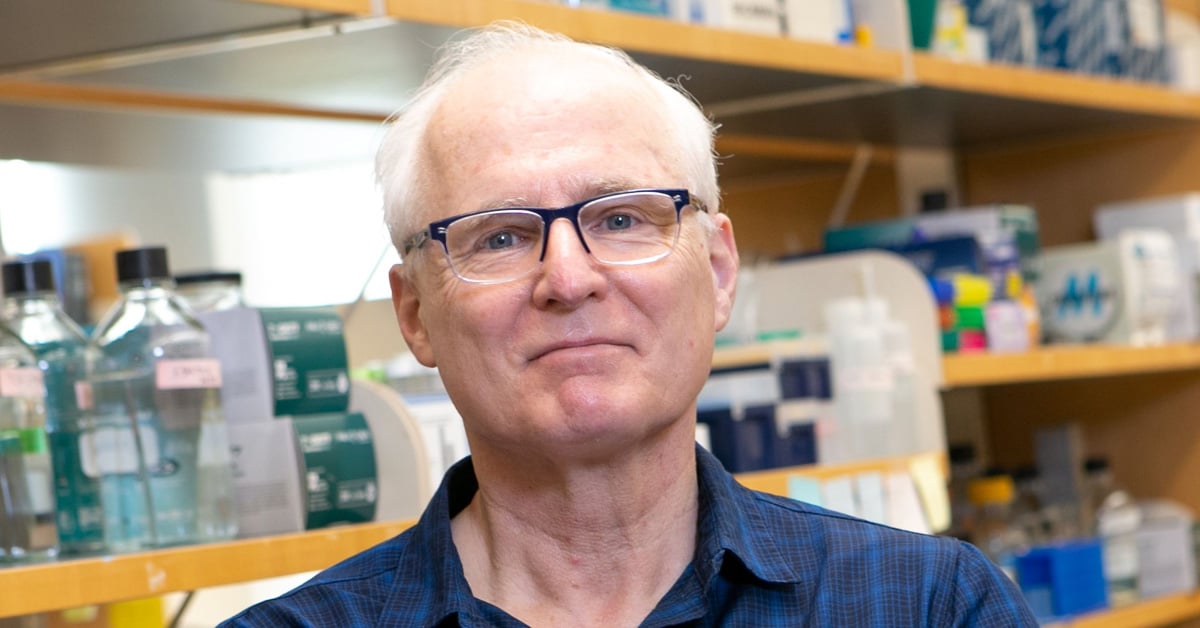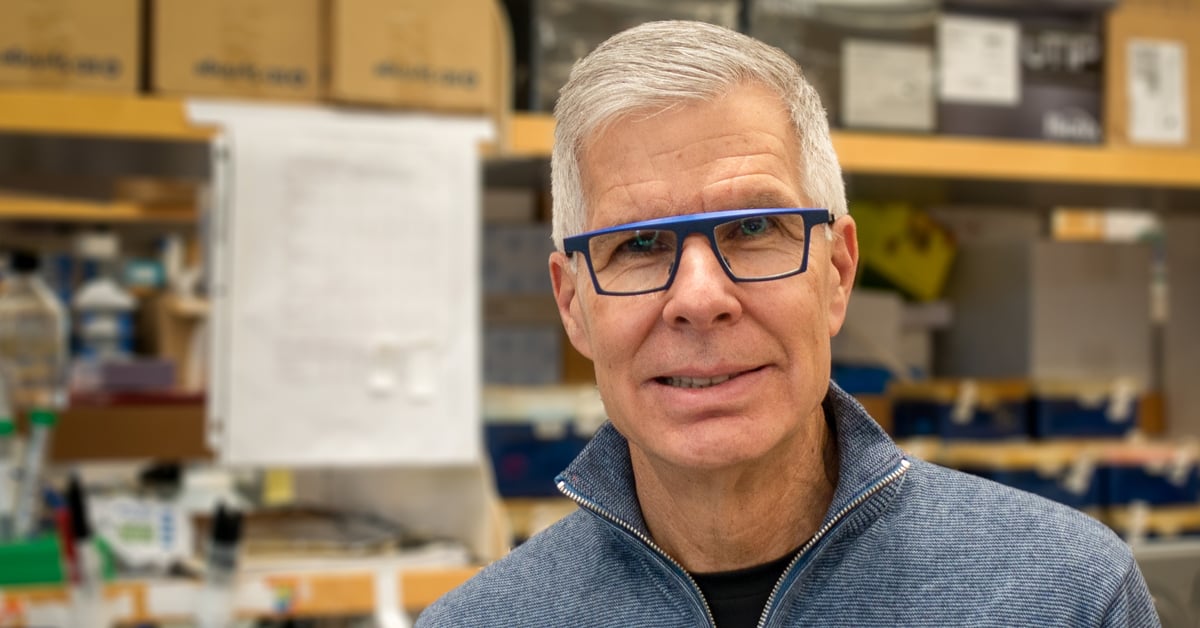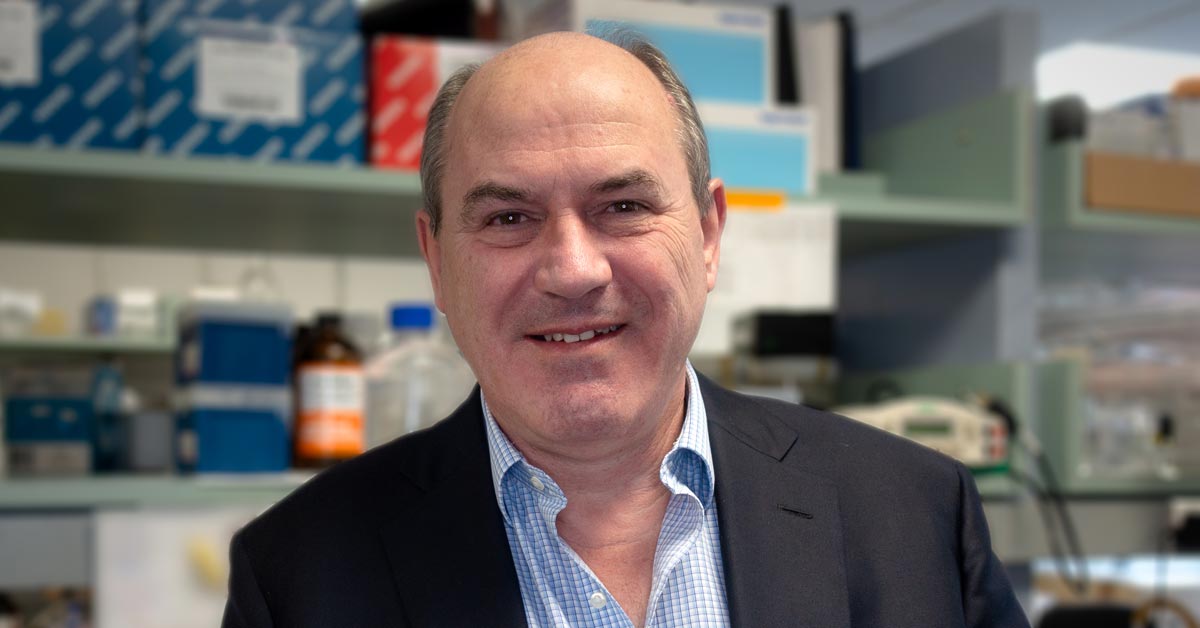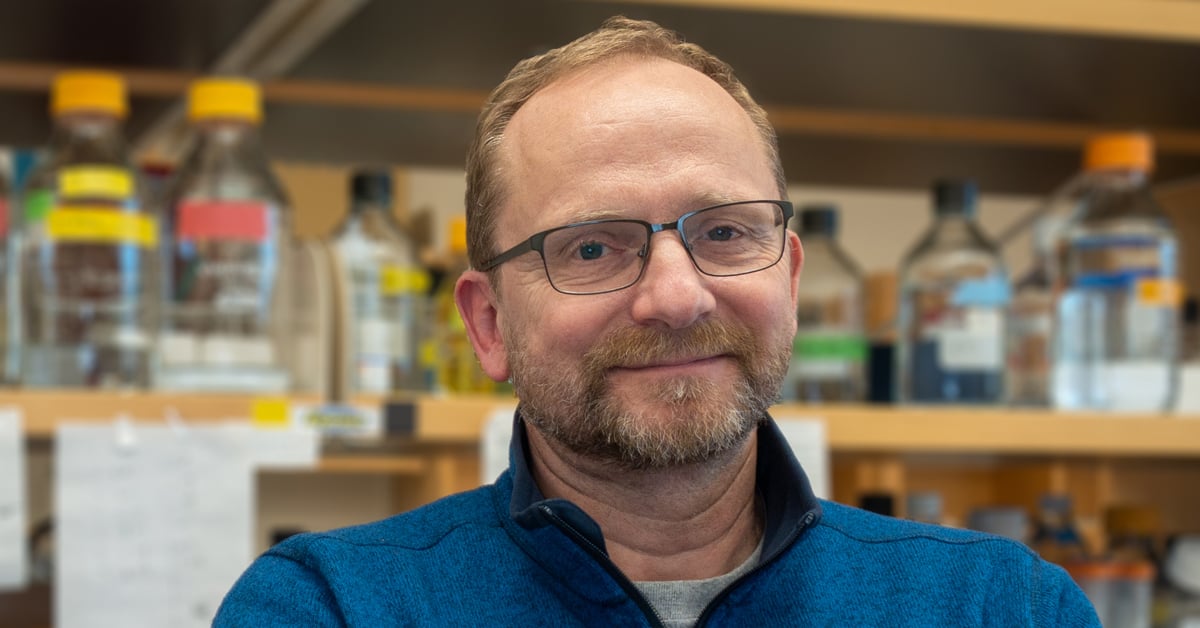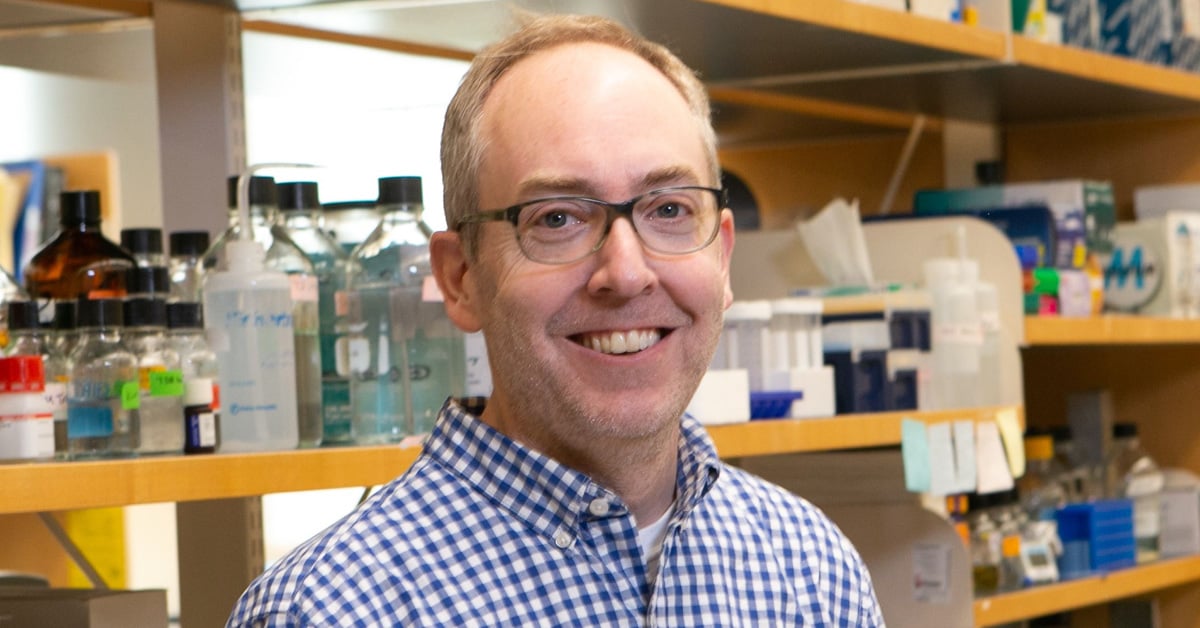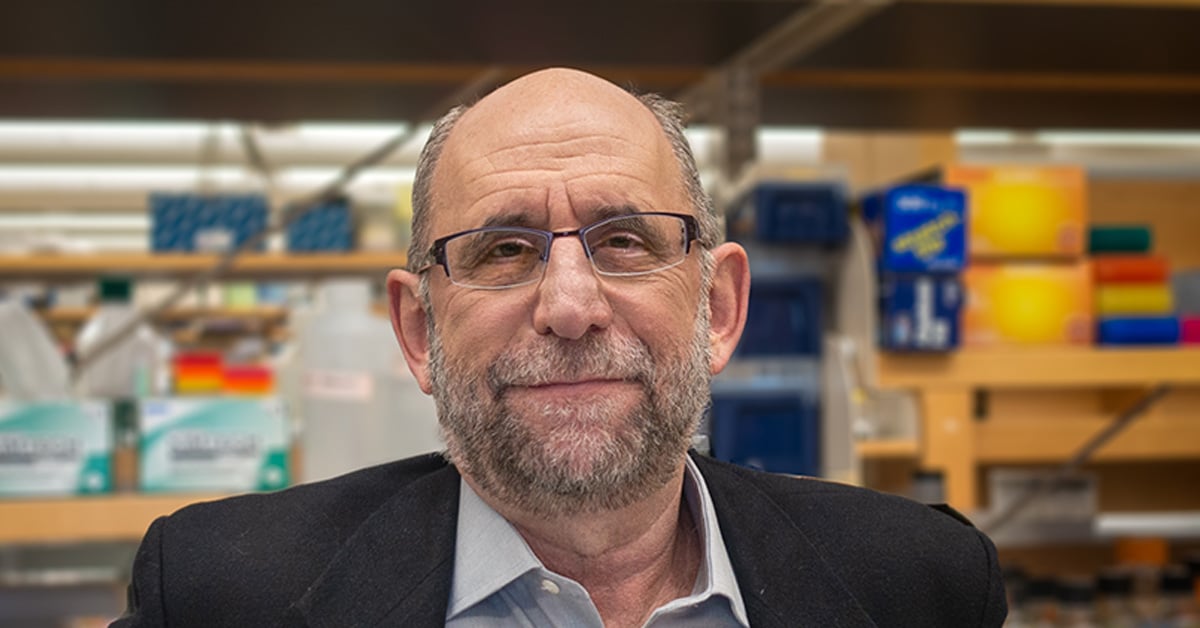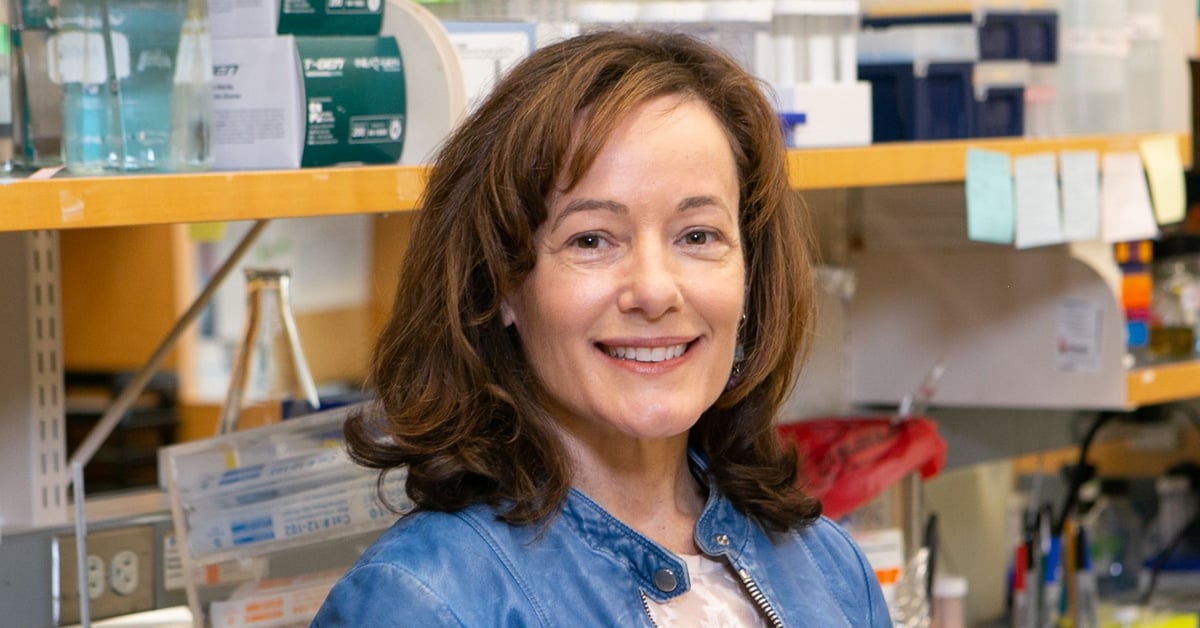Breast Cancer
Breast cancer develops when normal cells in the tissues of the breast begin to change and grow uncontrollably, forming a mass of abnormal cells (a tumor). While the majority of breast cancers begin in the ducts (the tubes that carry milk from the breast to the nipple), known as ductal carcinoma, some start in the lobules (the parts of the breast that produce milk), known as lobular carcinoma, while others start in the stroma (the tissue between the glandular elements), known as breast sarcoma. Although the majority of breast cancers occur in women, it can also occur in men although the number of cases among men is relatively small.
Most breast cancer is potentially curable if it is detected early and has not spread to other parts of the body. Therefore, early detection of breast cancer through routine breast screening, as well as treatment of the cancer using state-of-the-art therapies, are considered to be the two most important strategies to prevent deaths from breast cancer.
Routine Screening
Having regular screening tests is the most reliable way to detect breast cancer early, at a stage when it is potentially curable. Breast cancer screening through mammograms can aid in the detection of early-stage breast cancer. Additional imaging technologies, such as breast magnetic resonance imaging (MRI) and screening automated breast ultrasound (ABUS), may aid in early detection in women with an elevated risk of breast cancer.
In the News
-

V. Craig Jordan to give inaugural lecture on cancer drug discovery at UMass Chan
Read more






























